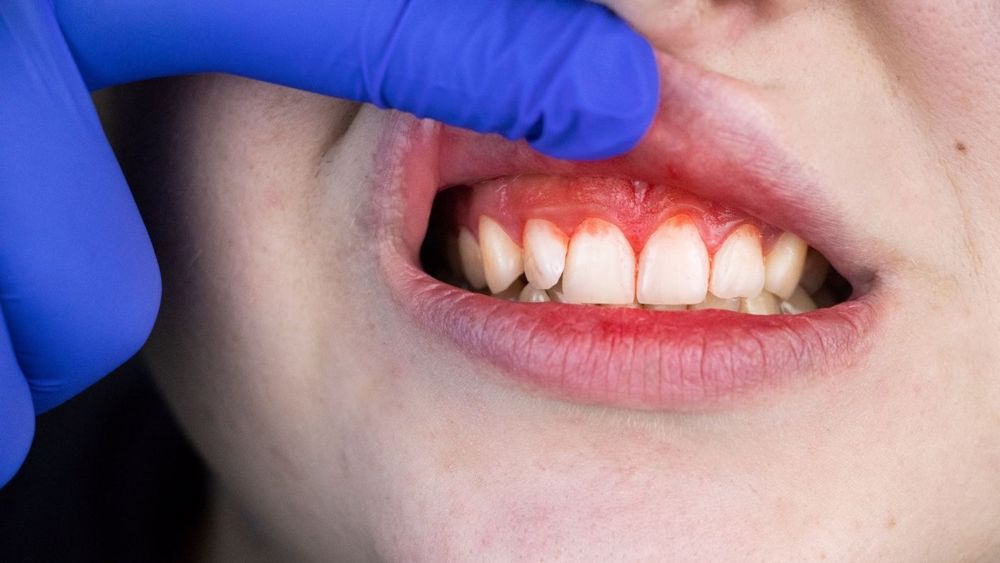
Causes and treatments for periodontal disease

Periodontal disease is a condition that affects a lot of people all over the world, and The United States is no exception. Many adults in the US have some form of gum disease. Data from the Centers for Disease Control and Prevention show that one out of every two American adults aged 30 and over has periodontal disease.
This oral health problem begins with bacterial growth in your mouth and, if treatment is not applied, may end with tooth loss.
Causes of periodontal disease
Plaque is the primary cause of gum disease. It is cause by the bacteria in our mouths. Plaque that is not removed by flossing and brushing your teeth can harden and form tartar. Important to know is that a dentist or a dental hygienist can remove tartar by doing a professional cleaning.
The bacteria can cause an inflammation of the gums that is called “gingivitis”, which is a mild form of gum disease. When you are diagnosed with gingivitis, gums become red, swollen and can bleed easily. Even if this form of gum disease does not include any loss of bone and tissue that hold teeth in place, if is not treated, it can advance to periodontitis.
In this form of gum disease, the gum tissue pulls away from the teeth and form “pockets”, spaces between teeth and gums that collect debris and can become infected. With the progression of the disease, the pockets deepen, so the gum tissue and the bone that support the teeth are destroyed.
The third stage of gum disease is aggressive periodontitis. This means loss of tissue and bone and it may occur in some areas of the mouth, or in the entire mouth.
Common risk factors of periodontal disease
- Smoking or chewing tobacco;
- Hormonal changes for girls/women in puberty, pregnancy and menopause. Their gums are more sensitive and it is easier for gingivitis to develop;
- Cancer and cancer treatment;
- Poor nutrition such as a diet high in sugar and carbohydrates and low in water, will increase the formation of plaque;
- People with diabetes are at higher risk of developing infections, such as gum disease;
- Symptoms of gum disease;
- Bad breath that will not go away or bad taste in the mouth;
- Red, swollen or tender gums;
- Gums that bleed during and after tooth brushing;
- Loose teeth;
- Sensitive teeth;
- Formation of deep pockets between teeth and gums;
- Receding gums or longer appearing teeth;
- Any change in the way your teeth fit together when you bite.
Solutions for periodontal disease
The most important is to control the infection in your mouth. The treatment plan depends on the extent of the gum disease. Your dentist will recommend what is best for you, after an examination.
It is possible to have gum disease and no symptoms. This is one reason why is very important to go regularly to dental checkups. The sooner you discover this oral health problem, the better for you and your teeth.
Good dental care at home is essential to help keep periodontal disease from becoming more serious or recurring.
It is a fact that controlling gum disease can save your teeth. This is a very good reason to take care of your gums and teeth. Floss daily before going to bed, brush twice a day, eat a balance diet and do not forget about your regular visits to your dentist. These actions will assure you a beautiful smile for an entire life.
If you find yourself in this article or if you know someone who may have gum disease, we offer the proper periodontal treatment in Berwyn. Call us today to make an appointment!



